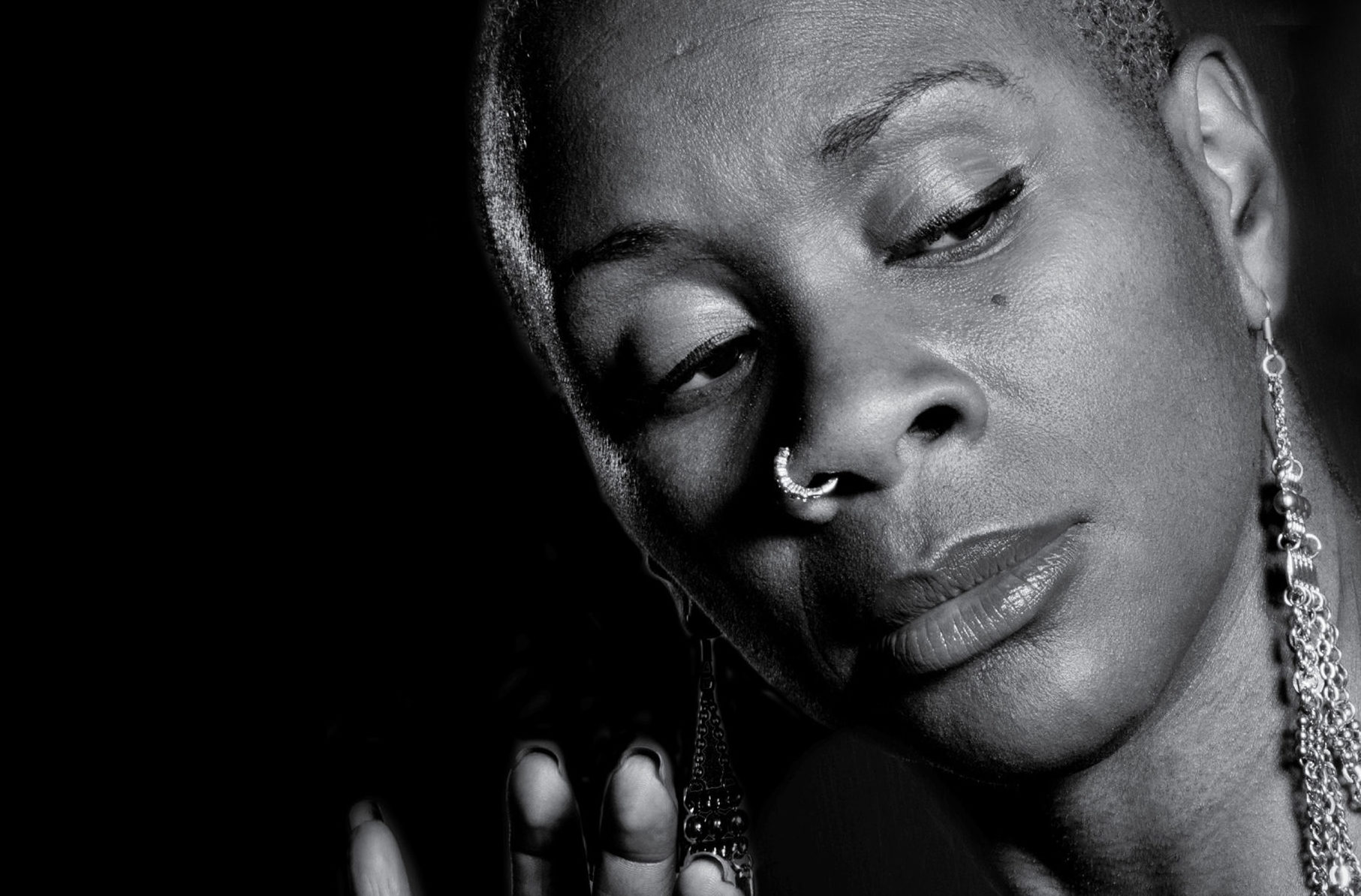Review: Nina
A Story about me and Nina Simone
At the Lowry, Salford, 31 Jan
The late Nina Simone was, in every sense, the voice of her generation. Born in North Carolina in 1933 – the daughter of a preacher – she became a celebrated singer, pianist and activist. An inventive musician, she infused funk and gospel sounds with Bach-influenced classical music to incredible effect. Nina excluded nobody from the broad church of genres she had created. Everyone was welcome.
Nina – A Story About Me And Nina Simone goes beyond the music. Her popularity had risen in parallel with the civil rights movement. In the 1960s, she openly addressed racial inequality with her songs. She provided a voice to the victims of race-related murders on the streets of the southern states. Mississippi Goddam was a response to the killing of Medgar Evers in 1963 and the later bombing of a Baptist church in Alabama. She fought the violence with words, performing and speaking at many civil rights meetings.
The Olivier Award-nominated Josette Bushell-Mingo is captivating as she delves under the skin of her own personal heroine. In a compelling performance, she spends much of the show as herself, drawing upon her own life experiences whilst telling Nina’s story.
We begin with a concert. Nina starts to sing Revolution, backed by her band. After just a few notes, she stops. Bushell-Mingo breaks character and the mood changes. She is upset and angry. The word revolution defines change, she says, but it can also mean that things have simply gone “full circle”.
The show holds a mirror up to present-day society, questioning how different the world truly is. She silences the theatre as she speaks of Laquan McDonald – the black teenager shot 16 times by a white Chicago police officer in 2013 – stamping her foot with each bullet fired. His death was prominent in provoking the Black Lives Matter social movement, but she is enraged that those three words need saying at all.
The performance continues to chart the highs and lows of Nina’s life: her rise to fame, her experiences with racial prejudice from an early age, her sonic experimentation, her health difficulties and her activism. There are also candid tales concerning Bushell-Mingo’s own feelings towards life, death, race and religion. Her storytelling challenges the audience to think, but she intercuts the drama with infectious humour, providing a well-balanced approach to the serious subject matter. This is exemplified as she recalls her mother’s funeral 20 years ago, speaking of the vibrant characters that helped her mourn.
The skilled direction of Dritëro Kasapi ensures all eyes remain on the show’s star attraction, while his video projections provide strong set transitions. Rosa Maggiora’s costumes perfectly represent the look and feel of a Harlem nightclub and Matt Haskin’s lighting shines an elegant spotlight on one of history’s greatest musicians.
The finale sees Nina successfully restart the abandoned concert with a rousing rendition of Revolution, followed by a collection of songs from her impressive back catalogue: the aforementioned Mississippi Goddam, plus Feeling Good, Sinnerman and I Loves You, Porgy. Fittingly, the show ends with I Wish I Knew How It Would Feel To Be Free.
Bushell-Mingo’s vocals leave little room for criticism as she valiantly succeeds in emulating her icon. She introduces each song with a back story, stressing the power of its lyrics. The audience is encouraged to participate in enjoying her wonderful renditions of Nina’s work but also contemplate their significance.
Nina – A Story About Me And Nina Simone highlights the singer’s lasting influence on those who have been oppressed. It is a thought-provoking show that also rejoices in the togetherness that music can bring.

Leave a reply
Your email address will not be published.